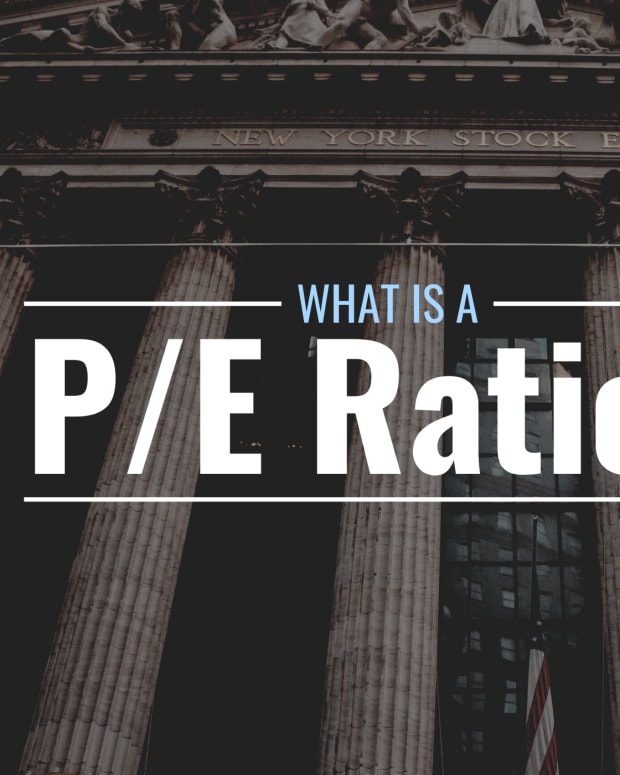Many grocery stores are shrinking the size of their packages while keeping prices the same or even raising them, a phenomenon known as “shrinkflation.”
Consumers aren’t happy with the development. And while some are just accepting it, others are not and are combating it.
More than half (54%) of U.S. adults have seen, read or heard something about shrinkflation and nearly two-thirds (64%) are worried about it, according to a survey by research firm Morning Consult.
Among age groups, the percentages for those who are aware of shrinkflation are 62% for baby boomers (born 1946-64), 53% for Generation Z (born 1997-2001) and 47% for millennials (born 1981-1996).
As for income groups, 63% of those with annual household income of less than $50,000 are concerned about shrinkflation, 66% of those with income of $50,000 to $99,000, and 67% of those with income of $100,000 or more.
When it comes to individual grocery categories, 64% of adults are concerned about shrinkflation for snacks, 47% for pantry items, 45% for frozen foods and 42% for meat.
Consumer Response: ‘Loss of Loyalty’Not all consumers are taking it lying down.
“While there are some purchases where consumers feel like they have no choice but to absorb inflationary increases, our data show that many are taking action to mitigate price pressures at the grocery store,” Morning Consult said.
Scroll to Continue
A total of 48% of consumers said they elected to buy a different brand when they encountered shrinkflation, and 49% chose a generic product instead.
“Those in the lower and middle income ranges (52% and 48%, respectively) were more likely to opt for generic products than those in high-income households (41%),” the report said.
Meanwhile, 30% of adults said they stopped purchasing specific brands when they noticed shrinkflation. “This loss of loyalty might be hard for brands to recover,” the report said.
Substitute ProductsThat’s because “while food and beverage as a category is highly trusted, it’s also highly substitutable,” the survey said.
“Consumers named food and beverage first among the industries where they have switched brands when companies lost their trust.”
As for plain old inflation, consumer prices soared 8.5% in the 12 months through July. At the same time, spending is holding up, at least in dollar terms.
A report on July consumer payments by Bank of America Institute, the bank’s internal think tank, showed that total payments in BofA’s network rose 7% in July from a year earlier.
Credit- and debit-card spending, which account for more than 20% of total payments, gained 8% year over year in July, while card spending per household climbed 5.3%.
“The nominal spending growth rate on Bank of America cards has held up, demonstrating steady resilience,” the report said. But “real [inflation-adjusted] card spending continues to be under pressure.”
